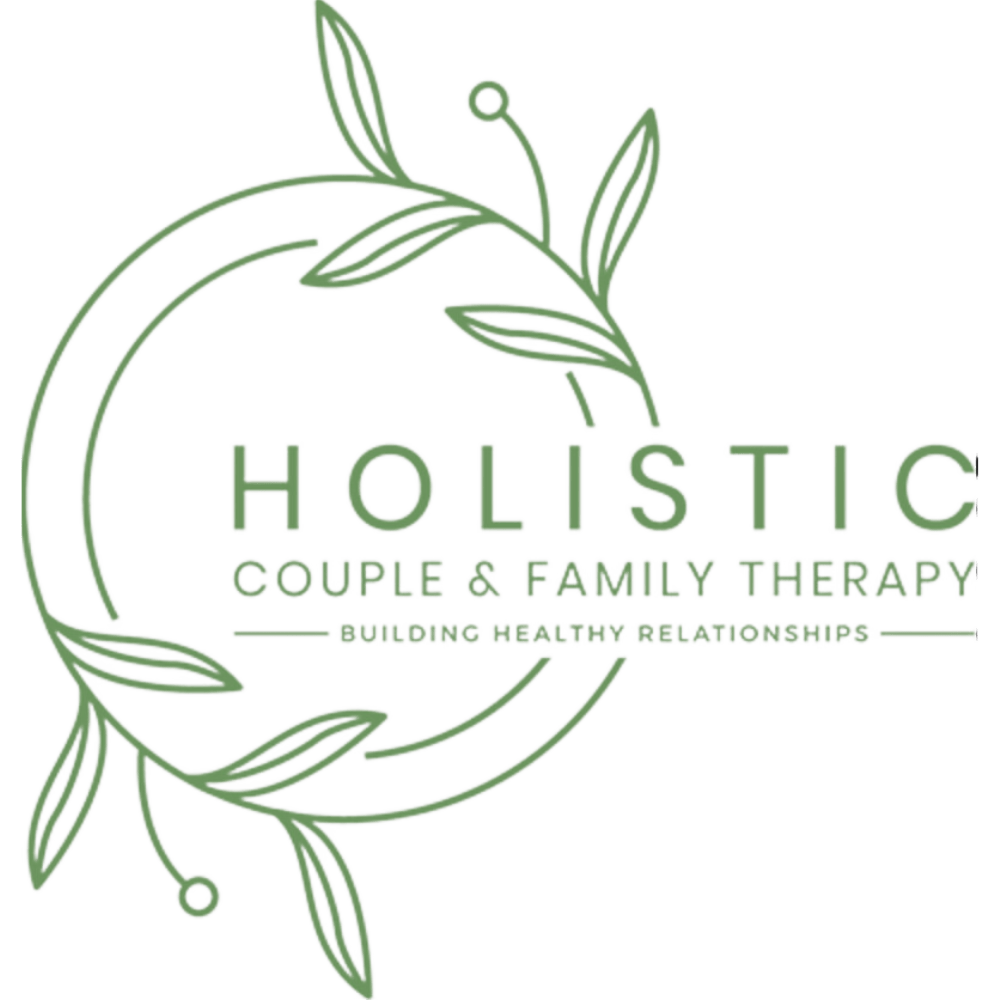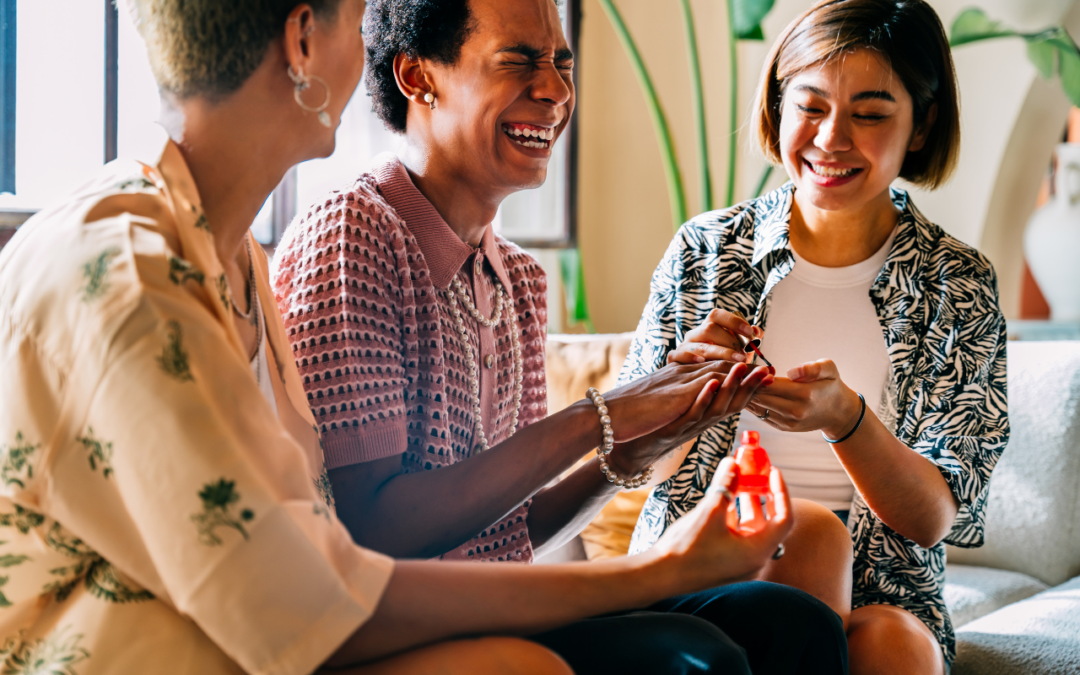Family—it’s complicated.
For many, family is a source of love, support, and belonging. But for LGBTQIA+ individuals, navigating family relationships can sometimes feel like walking through a maze blindfolded.
Whether you’re dealing with acceptance, strained relationships, or just trying to find your own path, it’s important to prioritize LGBTQ mental health.
Your well-being matters, and no family dynamic should take away from your right to feel safe, loved, and valued.
Let’s explore the complexities of family, identity, and mental health while finding ways to build healthier relationships along the way.
How Does Gender Identity Affect Mental Health?
Your gender identity is a core part of who you are, but when that identity isn’t understood or accepted by family, it can take a serious toll on LGBTQ mental health.
Many LGBTQIA+ individuals experience anxiety, depression, or feelings of isolation due to family rejection, misgendering, or lack of support. Trans and nonbinary individuals, in particular, face additional stressors, from navigating pronouns with family members to accessing gender-affirming care.
But here’s the thing—your identity is valid, and your mental health matters.
Finding affirming communities, whether online or in person, can make a world of difference when family struggles feel overwhelming.
How Does Being LGBTQ+ Affect Your Health?
It’s not just about mental health—being LGBTQIA+ can impact overall well-being in ways that often go unnoticed.
LGBTQ mental health is deeply connected to physical health, and stress from discrimination, rejection, or societal stigma can lead to higher risks of heart disease, substance use, and chronic conditions.
LGBTQIA+ individuals are also less likely to seek medical care due to fear of discrimination from healthcare providers. And when you don’t feel safe seeking help, it can have a long-term effect on both mental and physical health.
The key takeaway?
Prioritizing both mental and physical health is essential. That means finding LGBTQ-friendly healthcare providers, seeking therapy when needed, and making self-care a real part of your routine (yes, that includes rest, hydration, and boundaries!).
What Are the Barriers to Mental Health Treatment for the LGBTQ+ Community?
While mental health care is crucial, LGBTQ mental health treatment often comes with roadblocks. Some of the biggest barriers include:
- Lack of LGBTQ-affirming therapists – Finding a therapist who truly understands LGBTQIA+ experiences can be challenging.
- Financial barriers – Therapy can be expensive, and not all insurance plans cover LGBTQ-specific care.
- Fear of discrimination – Some individuals avoid seeking help due to past negative experiences with medical professionals.
- Limited access in rural areas – Many LGBTQIA+ individuals in smaller towns don’t have access to inclusive mental health services.
So what can you do?
If traditional therapy isn’t accessible, online therapy services, LGBTQIA+ support groups, and community resources can be great alternatives.
Mental health support should be available to everyone, and it’s worth seeking out spaces that respect and affirm your identity.
Is There Gender Bias in Mental Health?
Unfortunately, yes—gender bias exists in mental health care, and it can disproportionately impact LGBTQ mental health.
For example, trans and nonbinary individuals often have their struggles minimized or misunderstood by mental health professionals who lack proper training. Men, including gay and bisexual men, are sometimes discouraged from expressing vulnerability due to outdated societal expectations.
Meanwhile, queer women and nonbinary individuals might face dismissive attitudes about their experiences.
Addressing gender bias means advocating for inclusive mental health care, pushing for better education among providers, and creating spaces where all identities are respected and validated.
Building Healthy Family Relationships While Protecting Your Mental Health
Navigating family relationships as an LGBTQIA+ individual is never one-size-fits-all.
Some families are supportive from day one, while others may take time to understand (or may never fully accept your identity). No matter where you stand, protecting your LGBTQ mental health is key.
Here are a few ways to navigate family relationships while prioritizing yourself:
- Set Boundaries – If certain topics cause distress, it’s okay to set limits. You don’t have to engage in every debate or tolerate disrespect.
- Find Chosen Family – Not every family bond is built through blood. LGBTQIA+ chosen families offer the love and support that biological families sometimes can’t.
- Educate When Possible – If your family is open to learning, offering resources or sharing your experiences can help bridge understanding.
- Seek Support – Whether it’s therapy, support groups, or close friends, having a network to lean on makes a difference.
- Prioritize Self-Care – Family dynamics can be draining. Taking time to recharge—whether through hobbies, rest, or self-expression—keeps your mental health in check.
At the end of the day, your mental health comes first. LGBTQ mental health isn’t just about surviving—it’s about thriving, living authentically, and surrounding yourself with the love and support you deserve.
No matter where you are in your journey, know this: you are not alone. You are worthy of love, respect, and happiness—always.
If you’re experiencing an emergency, please use the information found here.
Location
8 South Michigan Avenue,
Suite 2300
Chicago, IL 60603

